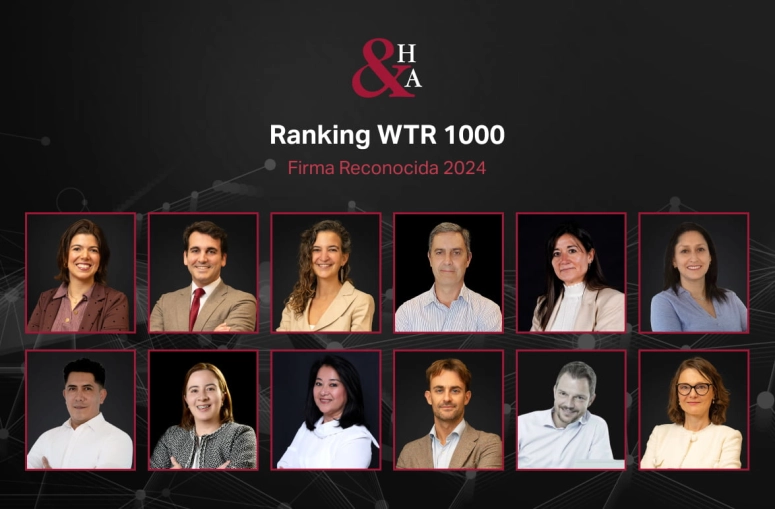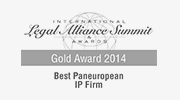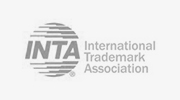We live in a world where the use of the Internet combined with technological advances has allowed goods and services to circulate freely, whose geographic barriers no longer exist. The possibility of exploring the market in several countries makes it increasingly necessary to register trademarks, a protection that embraces not only the consumer, by means of avoiding possible risk of confusion as to the origin of products and services, but also safeguard the entrepreneur and all the investment made to maintain its prominence and exclusivity in the explored market.
“The origin and raison d’être of the trademarks and Intellectual Property”
Intellectual Property is a strong ally in promoting the scientific, technological and social development of a country, having the necessary mechanisms for the protection of intangible assets such as, patents, industrial secrets, industrial designs, software and marks, guaranteeing the entrepreneur’s rights regarding your exclusive exploitation, in addition to providing the development of a business environment with due legal certainty and control of unfair acts of competition.
Considered one of the most valuable assets of a company, it can be said that the marks is its identity and often the main factor in consumer decision making. In the Brazilian legal framework, the Law 9.279 de 1996 provides for the rights and obligations related to the subject and in its article 123 of the said law, it defines a mark as “one used to distinguish a good or service from another identical, similar or in affinity, of different origin”. Therefore, it can be concluded that its main functions are to certify the origin of goods and services in the consumer market, removing any possibility of confusion as well as protecting the entrepreneur’s investment, mainly against the bad faith of its competitors.
The first marks appeared in the period of the ancient civilizations that inhabited the Mediterranean region. They produced clay utensils and made some symbol that could indicate their origin and quality. With the emergence of the first commercial establishments, this practice was adapted to posters and engravings indicating the availability of goods from that trade.
The Industrial Revolution allowed goods to be produced on a larger scale and, consequently, expanded sales channels, initiating a disruption of geographic limits. Therefore, the need for greater protection, mainly due to possible plagiarism and other unfair acts of competition, became one of the main concerns at that time, with special legislation appearing in France in 1803 regulating trademarks and criminalizing the falsification of documents.
Nowadays, with technological advances and the free circulation of goods and services from anywhere on the planet, trademark registration is even more necessary, not only for the purpose of protection and exclusivity of use, but also in the generation of new sources revenue through franchising or licensing agreements, for example.
The first major milestone for the protection of industrial property was the Paris Union Convention held in 1883. Through it, some fundamental principles were introduced, such as equal treatment of foreigners and nationals and priority. In this way, the convention already allowed foreigners to protect their intellectual assets in other countries and required that foreigners be treated in the same way as nationals, in addition to giving preference over others who had filed the same or similar request, considering the date of international order. In view of Brazil’s accession to the convention, this right is provided for in article 127 of Law.
Still on the relevant agreements in the field of Intellectual Property, we cannot fail to mention TRIPS (Agreement on Trade-Related Aspects of Intellectual Property Rights), signed when the World Trade Organization (WTO) was created. Its main function is to reduce obstacles to international trade with one of the mechanisms being the protection of intellectual property rights of foreigners within the territories of member countries.
However, in the hypothesis of exploiting international markets, it is of utmost importance to apply for registration not only in the country of origin, but also in the country where you want to maintain business relations. In order to facilitate this procedure, in 1989 the international trademark registration system was created, the Madrid Protocol, allowing that through a single filing it is possible to obtain protection in several countries. In order to have a trademark registered in another country, it was necessary for the owner to apply to the agency responsible in the country of interest.
The Madrid Protocol: essence and meaning
The Madrid Protocol is an international treaty whose legal basis the Madrid Agreement, dated 1891, in addition to the Protocol in 1989. Initially, the Agreement had some structural flaws, which is why it was not a significant adherence, mainly from the most relevant countries in international trade. Thus, after new negotiations, the Protocol to the Madrid Agreement was concluded in 1989, in force since 1995.
Through this system, requests are initiated through an administrative procedure at the office of the country of origin, which must necessarily include the specification of the goods and services identified by the International Classification of Products and Services. Subsequently, they are forwarded to the International Secretariat (SI), an entity managed by the World Intellectual Property Organization, WIPO and, finally, redirected to the countries indicated by the trademark applicant, whose management will be carried out by the National Institute of Industrial Property (INPI), in the case of Brazil.
It is important to point out that the designated country will be responsible for analyzing a request deposited directly with its administration, in accordance with its local law and within the deadline stipulated by the Protocol for the first analysis of merit, which is 12 to 18 months, maintaining its autonomy to decide whether or not the trademark is registered in that territory.
Furthermore, according to the rules of the agreement, if the base order is canceled in whole or in part, the applicant may apply to its designated countries for conversion into a national application, maintaining the original filing date and the original list of goods and services originally specified. However, the applicant must note the period of up to 3 months from the notification of the cancellation of the base order to fulfill this request.
The Madrid Protocol is an international treaty whose legal basis is the Madrid Agreement, dated 1891, in addition to the Protocol in 1989. Initially, the Agreement had some structural flaws, which is why it was not adhered to by the most relevant countries in international trade. Thus, after new negotiations, the Protocol to the Madrid Agreement was concluded in 1989, in force since December 1995.
Through this system, requests are initiated at the office of the country of origin and, later, forwarded to the World Intellectual Property Organization, WIPO and, finally, redirected to the countries indicated by the trademark applicant. From then on, they are subject to the rules established in the legislation of each country to, in the end, issue a decision on the merits, which may be of approval or rejection of the trademark in that territory.
As for the main advantages of the Protocol, we can mention:
a) a single form, that is, through a single application for registration, protection can be obtained in more than 120 countries;
b) the application can be multi-class, that is, the applicant can opt for specifications of goods and services of different classes in a single application without the need to make several applications to protect the mark in different market segments;
c) reduction of expenses with payment of fees due to the simplification of the procedure;
d) once the registration application has been granted, only one concession fee will be due and its validity will be of 10 years, and the applycant, at the end of this period, will pay the fee referring to the renewal, which will also be unique and will cover the others;
e) payment made in a single currency, avoiding conversion fees;
f) greater predictability in the duration of the process;
g) there is no obligation to hire a proxy in the country where registration is requested, however, in this regard, some considerations must be made.
During the process, some complications may arise with the need for a manifestation by the interested party, ranging from compliance with any formal requirements for the regular course of the process by the applicant, under penalty of shelve the request, to the filing of an appeal in the case of rejection.
In addition, after the publication of the designation in the foreign country, a period of 60 days is opened for third-party opposition, that is, a challenge made by any person who has an interest in the rejection of that request, bringing valid arguments to the process. Subsequently, a period will be opened for the applicant to articulate arguments for its defense and, after this step, a decision on the merits will be issued which will result in the granted or rejection of the request in question.
In these situations, it is essential to prepare the appropriate statements in order to defend the interests of the applicant before the competent body, taking into account the period defined by law, situations in which a prosecutor in the country where protection is sought will be necessary.
It is advisable that even before starting the administrative procedure, a filing search is carried out in order to locate possible precedents, that is, identical or similar trademarks in the same branch of activity already registered that can be obstacles in the granting of a new application, in addition to of analysis regarding the compatibility of the mark with the requirements established in the law of the designated country, such as those provided for in article 124 of the Brazilian Law.
The aforementioned filing search also helps to predict the complications described above, allowing the applicant to outline a new strategy before the administrative request. Although the law dispenses with legal representation, specialized legal assistance proves to be an ally of the applicant, therefore increasing his chances of success.
Since 2019, the year in which Brazil became a signatory to the Protocol, there have been more than 23.000 requests made abroad indicating Brazil as the country of destination, according to INPI database.
The benefits gained by the country by adhering to the Protocol are innumerable. It facilitates the exploration of new markets by small and medium-sized domestic companies and, for foreigners, the guarantee that when investing in Brazil the norms of the international agreement will be followed.
In addition, it favors the creation of a business environment that is increasingly safe, exclusive, and competitive, characteristics that are increasingly essential in the current digital age, in which there are no longer any limits to the expansion of markets.




























Comentarios
No Comments